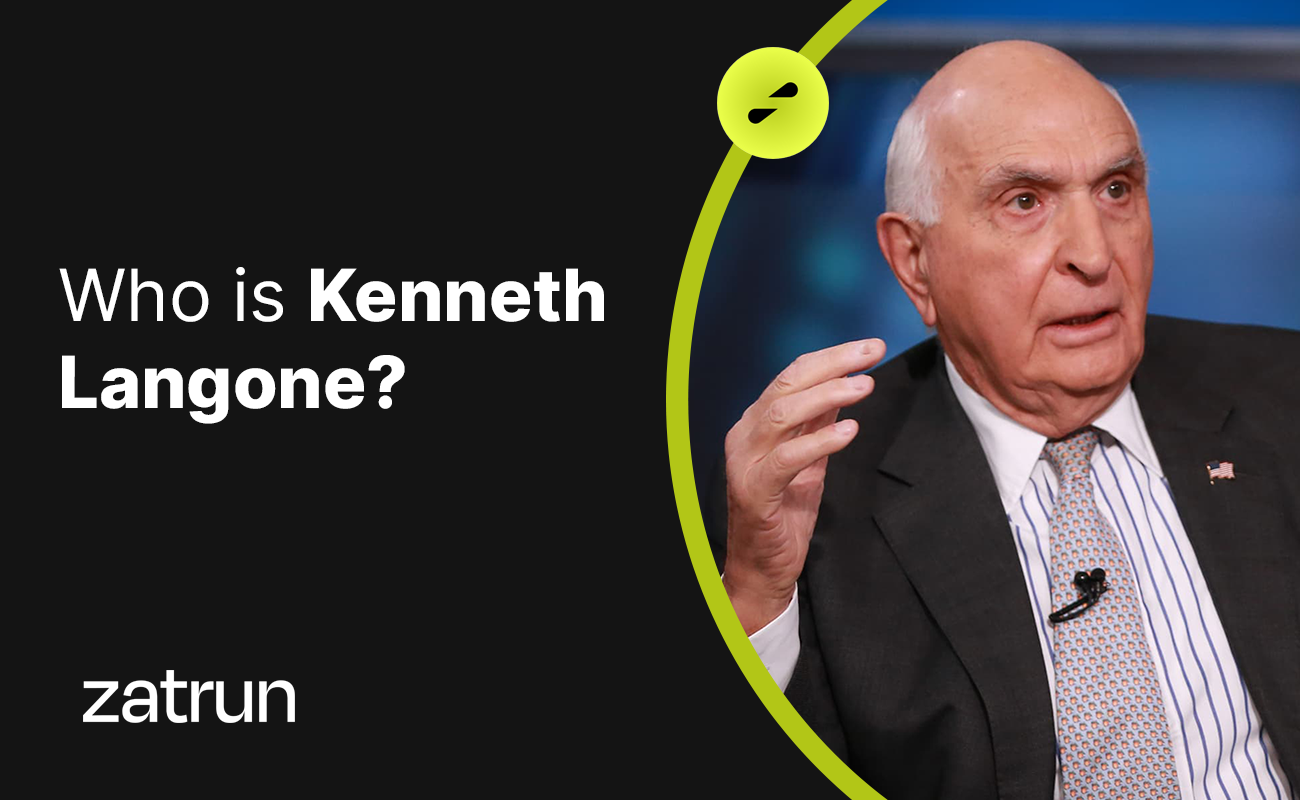Ludwig Bamberger was a German politician and political economist who was born on July 22, 1823, in Mainz and died on March 14, 1899, in Berlin. He studied law at the universities of Giessen, Heidelberg, and Göttingen from 1842 to 1845 and worked as a lawyer in his hometown for the following two years. If you find more about the Ludwig Bamberger, this Zatrun.com article is for you.
Who is Ludwig Bamberger?
When the 1848 revolution broke out, Ludwig Bamberger, who was then the editor of the “Mainzer Zeitung” newspaper, joined the revolutionary movement, served as a volunteer soldier, and played an active role in the Lower Palatinate uprising in 1849. When the uprising was suppressed with the help of Prussia, many people, including Ludwig Bamberger, were sentenced to prison by the courts in Mainz and were sentenced to death by Bavarian authorities.

He fled to Switzerland and then went to England, Belgium, and the Netherlands, working for different commercial companies to make a living, and finally settled in Paris as the director of a large bank firm called Bischoffsheim & Goldschmidt in 1853. He left there in 1866 due to the general amnesty granted to political prisoners. Ludwig Bamberger later returned to Mainz and was elected to the new parliament of the Zollverein two years later.
1848 Revolution
During the 1848 revolution, Ludwig Bamberger played an active role as one of the leaders of the Republican Party in his hometown of Mainz, both as a popular speaker and as the editor of the Mainzer Zeitung newspaper. He also participated in the Republican uprising in Palatinate and Baden in 1849. After the restoration of order, he, along with other leading revolutionaries such as Germain Metternich, Louis Blenker, and Franz Zitz, was sentenced to death, but he also fled to Switzerland.
He spent the next years in exile, initially in London, then in the Netherlands. In 1852, through his special connections to the Bischoffsheim family, he went to Paris and took a position at Bischoffsheim, Goldschmidt & Cie Bank, where he worked as a manager and held this position until 1866. During these years, he accumulated some savings and gained a thorough acquaintance with finance theory and practice. He used this knowledge to return to Germany with amnesty in 1866.

Ludwig Bamberger and Politics
He was elected to the Reichstag and joined the National Liberal Party because, like other exiles, he was willing to accept the consequences of Otto von Bismarck’s policies. Ludwig Bamberger represented the Bingen-Alzey constituency and married Anna Belmont, a relative of the famous banker August Belmont who had migrated to America.
In 1868, he published a short biography of Bismarck in French, aimed at promoting a better understanding of German affairs, and in 1870, Bismarck called on him and Gerson Bleichröder to help discuss the terms of peace in Versailles because of their involvement in French finance.
In the German Reichstag, Ludwig Bamberger was a leading authority on finance and economics, as well as a clear and persuasive speaker, which led to the establishment of Reichsbank and the adoption of the gold standard. In his later years, he wrote and spoke strongly against bimetallism. He was a leader of free traders and after 1878, he refused to follow Bismarck’s protectionist, state socialist, and colonial development policies.

Due to his opposition to Bismarck’s economic policies, he left the National Liberal Party and joined a party called the “Secessionists”, and later joined the German Free-Minded Party. He was also one of the founders of the Verein zur Förderung der Handelsfreiheit (Association for the Promotion of Free Trade).
Writing Career
Ludwig Bamberger was also an open and interesting writer, often sharing his views on political and economic issues in “Nation” and other periodicals. His writings covered topics such as currencies, French war reparations, critiques of socialism, and opinions on rebellions. Some of his most notable publications include:
- Erlebnisse aus der Pfälzischen Erhebung (Experiences from the Palatine Uprising, 1849)
- Monsieur de Bismarck (Bismarck Bay, 1868; English translation, 1869)
- “La colonie allemande” (The German Colony, Paris Guide, 1868; English translation “Germans in Paris”, 2016)
- Die fünf Milliarden (The Five Billion, 1873)
- Deutschland und der Sozialismus (Germany and Socialism, 1878)
- Deutschland und Judentum (Germany and Judaism, 1880)
- Die Stichworte der Silberleute besprochen (Discussion of the Terms Used by Silver Advocates, 4th edition, 1893)
- Erinnerungen (Memoirs, published by Nathan, 1899)
On January 22, 1870, he co-founded Deutsche Bank, a foreign trade bank, with private banker Adelbert Delbrück. He withdrew from political life in 1892 and passed away in Berlin. He was buried in the Jewish Cemetery on Schönhauser Allee in Berlin.
Deutsche Bank is the largest bank in Germany and operates from its headquarters in Frankfurt. With management centers in London, New York, Singapore, Hong Kong, and Sydney, it is one of the world’s leading banks. The bank was formed from the merger of many small banks in the 20th century and grew further with the addition of American banks in 1989.












